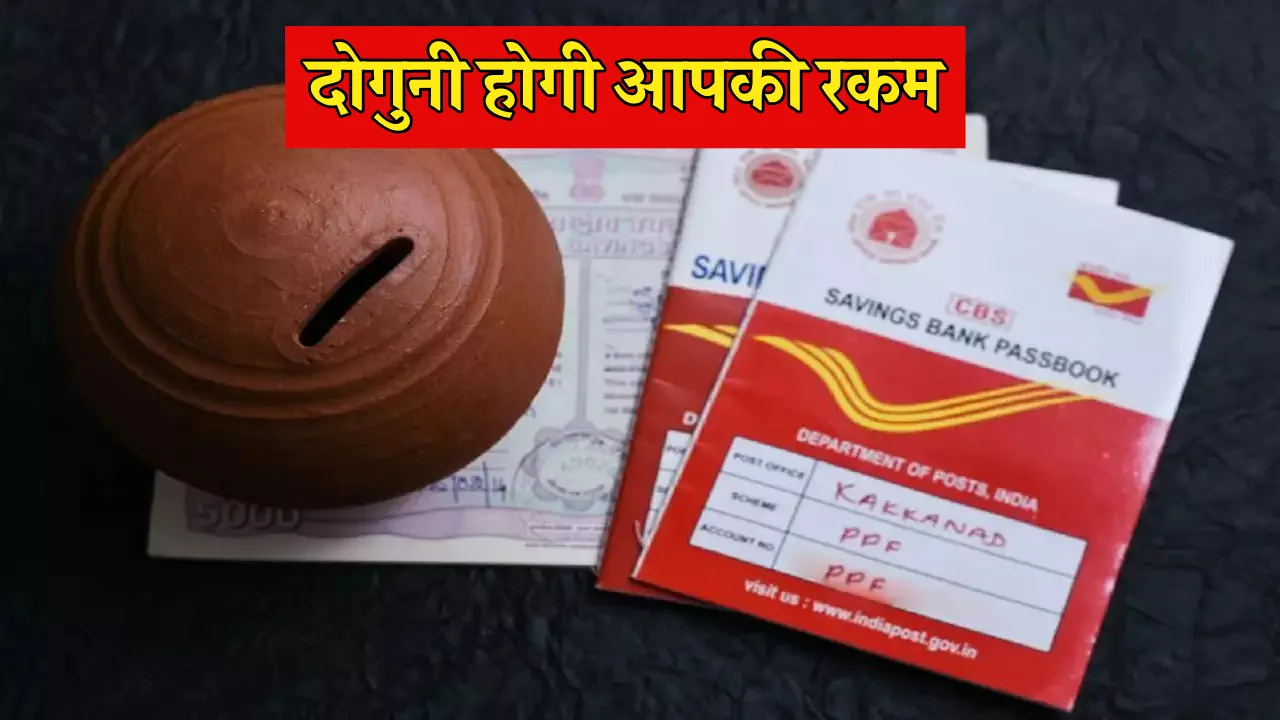Kisan Vikas Patra (KVP): All working people usually think about saving some money (small savings schemes) in some way or another amidst all their expenses and also keep saving according to their need and capacity in different schemes.
In our country, popular methods for saving include purchasing life insurance policies, investing in Provident Funds (PF), Public Provident Funds (PPF), purchasing National Savings Certificates (NSC), and obtaining fixed deposit (FD) in the bank. However, there are other schemes where investing can result in significant savings and income in the form of interest.
Come today, and we will tell you about one such government savings scheme, Kisan Vikas Patra (KVP), in which you can get double the amount in a few years by investing.
How much interest does KVP receive?
The KVP scheme currently provides investors with an annual compound interest rate of 7.5 percent. After January 1, 2024, investments in this scheme will receive the same interest. Under the scheme, your invested amount doubles in 115 months due to the current interest rate; if you invest today, you will get double the amount after nine years and seven months.
What is Kisan Vikas Patra’s maximum investment amount?
Kisan Vikas Patra offers a minimum investment or deposit amount of ₹1,000 with no maximum limit and the ability to invest any amount in multiples of ₹100. Kisan Vikas Patra allows you to open multiple accounts.
Who can buy Kisan Vikas Patra…?
Any adult can invest in KVP. You can also open a joint account in Kisan Vikas Patra, allowing a maximum of three adults to participate. In addition, a minor boy or girl’s guardian can invest in Kisan Vikas Patra, and any minor above the age of 10 years can purchase KVP.
Indeed, it’s crucial to keep in mind that, unlike PPF and Sukanya Samriddhi Yojana, you must pay income tax on the interest and maturity amount you receive under KVP.
The government itself runs Kisan Vikas Patra, or KVP, one of these small savings schemes. Every quarter, the government reviews the interest rate for all these schemes. Aside from KVP, schemes run by the Indian Post include the Public Provident Fund (PPF), Monthly Income Scheme (MIS), Sukanya Samriddhi Yojana (SSA), and National Savings Certificate (NSC).
